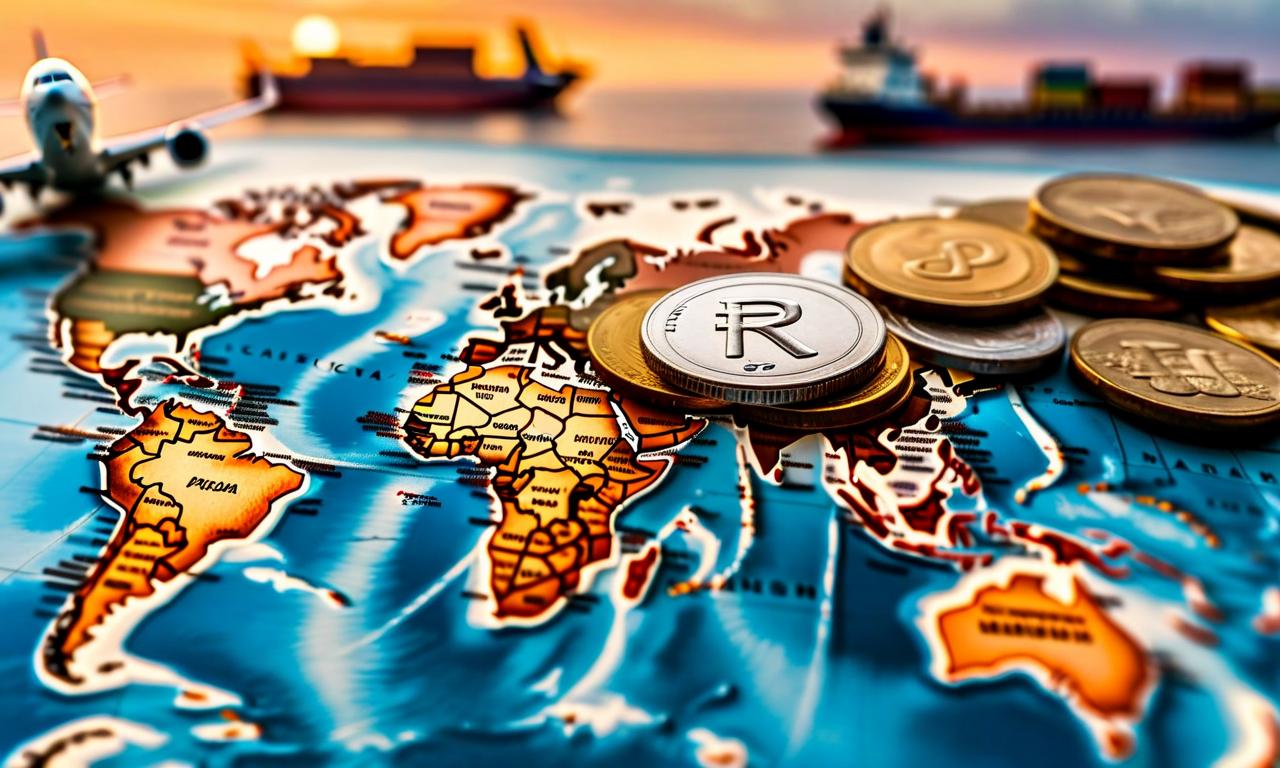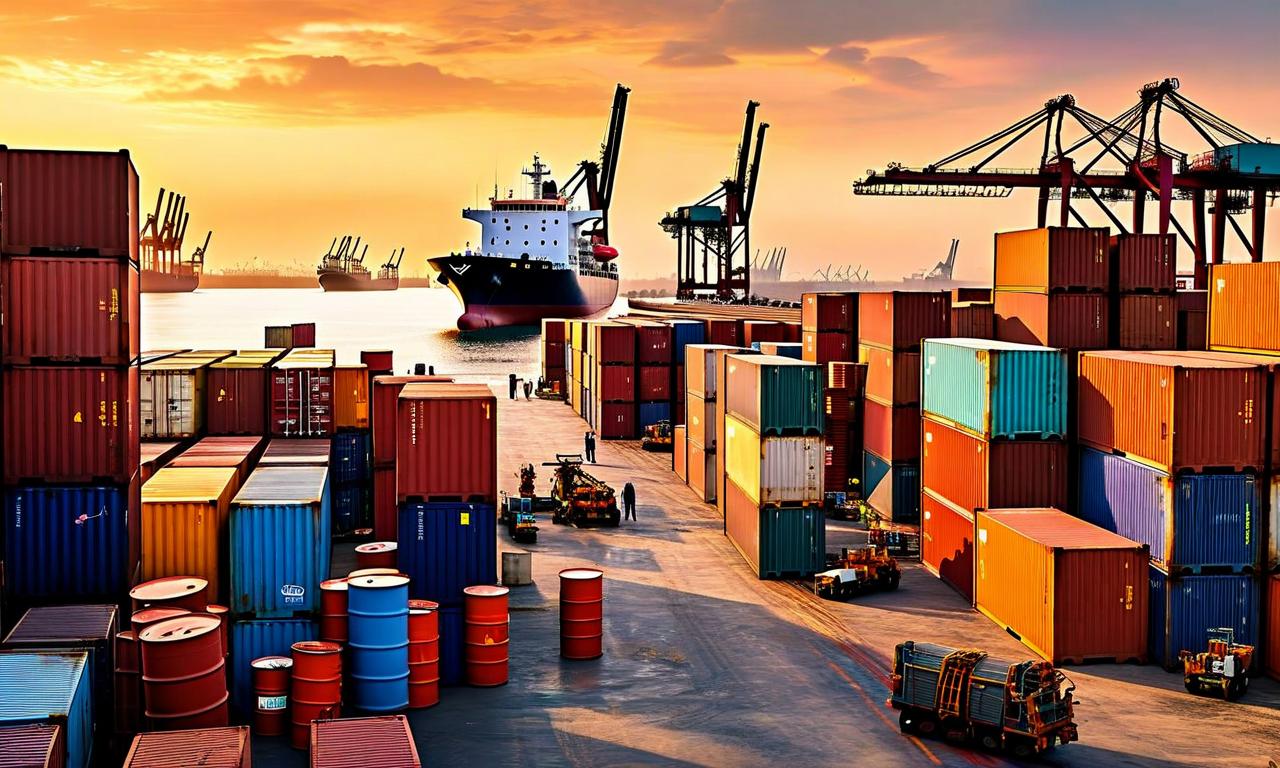India-Russia Trade Shifts: 90% of Payments Now in Rupee-Rouble
The Russian Embassy reports that 90% of trade payments between India and Russia are now being conducted using the rupee-rouble currency pair. This shift away from traditional international currencies in bilateral trade transactions represents a significant change in India-Russia trade relations. The move could reduce dependency on third-party currencies, potentially lead to cost savings, and strengthen economic ties between the two nations. This development aligns with a growing trend of de-dollarization in international trade and may encourage the use of alternative payment systems. However, it also presents challenges such as managing exchange rate volatility and adapting banking infrastructure.

*this image is generated using AI for illustrative purposes only.
In a significant development in international trade, the Russian Embassy has reported that 90% of trade payments between India and Russia are now being conducted using the rupee-rouble currency pair. This marks a substantial shift away from traditional international currencies in bilateral trade transactions between the two nations.
Shift in Trade Dynamics
The move towards rupee-rouble transactions represents a notable change in the financial landscape of India-Russia trade relations. This transition away from widely used international currencies, such as the US dollar or euro, could have several implications:
Reduced Dependency: By using their national currencies, both countries are reducing their reliance on third-party currencies for bilateral trade.
Potential Cost Savings: Direct currency exchanges may lead to reduced transaction costs associated with converting to and from intermediate currencies.
Strengthened Bilateral Ties: The increased use of national currencies in trade could potentially strengthen economic ties between India and Russia.
Implications for Global Trade
This shift in payment methods between India and Russia could have broader implications for global trade patterns:
- De-dollarization Trend: The move aligns with a growing trend among some nations to reduce dependency on the US dollar in international trade.
- Alternative Payment Systems: It may encourage the development and use of alternative payment systems outside of traditional Western-dominated financial networks.
- Geopolitical Considerations: The timing and scale of this shift may be influenced by current geopolitical dynamics and economic sanctions affecting Russia.
Challenges and Considerations
While the shift to rupee-rouble transactions presents opportunities, it also comes with potential challenges:
- Exchange Rate Volatility: Managing exchange rate risks between the rupee and rouble may require new financial instruments or strategies.
- Banking Infrastructure: Ensuring smooth transactions may necessitate adjustments in banking systems and processes in both countries.
- Trade Balance: The impact on trade balance between India and Russia will be an important factor to monitor as this new system takes root.
As this development unfolds, it will be crucial to observe its effects on bilateral trade volumes, economic relations between India and Russia, and potential responses from other major trading partners and international financial institutions.
Conclusion
The shift to rupee-rouble transactions for 90% of India-Russia trade payments marks a significant change in international trade practices. It reflects evolving global economic dynamics and could potentially influence future trends in bilateral and multilateral trade arrangements worldwide.





























